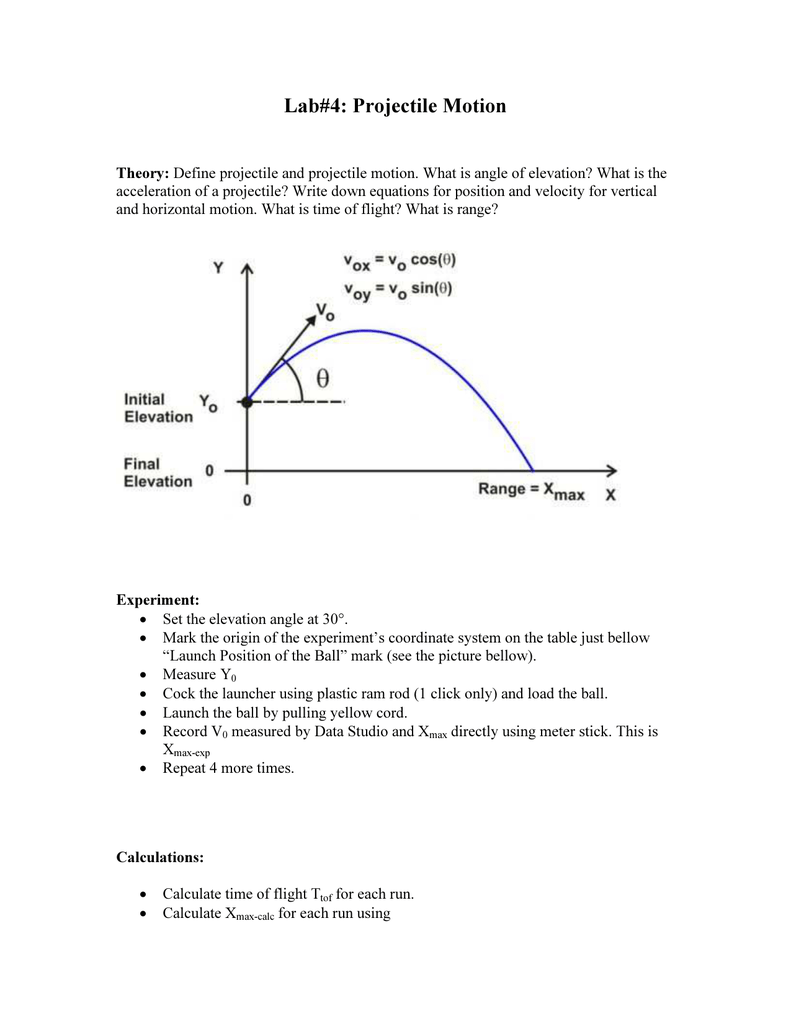
Start off pulling back very lightly and gradually increase the power until you have a good trajectory. Pull back gently on a downward angle, about 45 degrees. Bring your arm behind the launcher and pinch the top and bottom of the bouncy ball, making sure the opening in the resistance band faces forward. Do not put your face directly behind or in front of the line-of-sight to avoid accidentally getting hit in the face. Stand next to the chair and do not set up the shot if anyone is in front of the chair. Spread the resistance band open and place the bouncy ball right in the middle. Never shoot at another person or animal intentionally, and do everything possible to ensure the area is clear. But first, a word on safety: a bouncy ball at high speeds could cause injury, especially damage to the eyes. It's time to refine your launch technique. The launcher should be consistent (it should shoot with the same power with every shot).However, objects that are too dense and hard can also be a safety hazard and For example, if you use a ping pong ball then you probably won't succeed, as its trajectory is greatly affected by air resistance.


It starts moving up and forward, at some inclination from the ground.

The Concept Checker targets student understanding of the following learning outcomes: We recommend the use of our classroom-ready exercise with the simulation. Like all our Concept Checkers, it is designed to be used as a follow-up to the use of the Projectile simulator. The simulation is a multi-faceted simulation this particular Concept Checker is restricted to horizontally-launched projectiles. Students must correctly answer one question from each Question Group to earn the Trophy for this Concept Checker.
Projectile motion lab simulator#
Our Concept Checker for the Projectile Simulator consists of 24 questions organized into 6 Question Groups. Concept Checkers » Projectile Simulator 2 Concept Checker Concept Checker for Projectile Simulation


 0 kommentar(er)
0 kommentar(er)
